My first introduction to the Waldorf theory was actually through a preschool program I found online. The key principals it shared were a focus on nature and natural toys, pretend play, trusting children, and loving guidance into gentle learning activities. I was in my granola era, so it all appealed to me. It turned out there were several more principals that can make this theory a great fit or pretty bad one. Let’s dig in.
Waldorf education was created by Rudolph Steiner in Germany in the early 1900’s (they are called Steiner schools in Germany and other areas of Europe). The first Waldorf school was opened there in 1919 and this idea of what kindergarten could be spread around the world quickly. In Waldorf, experienced teachers would follow a child up through the grades, so they had a sense of family at school. As homeschoolers, we follow along with our kids anyway, so at least that part is easy.
Time in Nature
Waldorf education emphasizes taking kids outside to play, every day. Every. Day. No matter what the weather is. Kids have rain jackets, boots, and rain pants. They have winter coats, snow pants, and snow boots. The idea that children need time outside to grow strong and healthy is common in many cultures. This can be an easy principle to bring into your homeschool, even if none of the rest of this idea appeals to you. They also emphasized mixed-age groups exploring the outdoors together. This can be accomplished by just having more kids! I’m joking, nature play groups and some scouting groups are a good way to help you do this, if you have an only child.
Natural Toys
The Waldorf method, much like the Montessori method, has their own toys and standards for those. Instead of emphasizing educational toys, the Waldorf method emphasizes open ended toys. Natural wooden blocks, dolls made of wool with simple faces, and silk play clothes are essential to their early learning classes. The goal is for children to dive deeply into imaginative play, explore problem solving and team work through play. These toys are simple so that children need to do more work to imagine dolly is either happy or crying. The blocks can be towers or roads. Play kitchens are for all genders as well as wooden trains and cars. I honestly loved every Waldorf toy we came across. I loved that I didn’t have to worry about what was in them and I’m a huge fan of imaginative play. 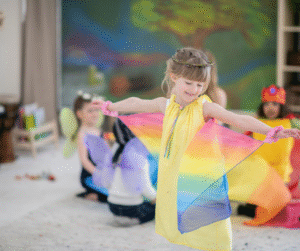
The downside of these toys is that they can be expensive. If you are handy, you can make them yourself, but that isn’t necessarily cheap or easy either. The general feeling in Waldorf spaces is that actually having fewer toys is better, as it results in less clutter and children can develop deep levels of play with fewer toys. This is, of course, going to be your “no screen time” and “no push button toy” vibe, which is great until you really need your toddler to sit still in the car for an 11 hour road trip. Sorry, that was the line for where I lost any moral authority about toys or screen time. We did what we had to do to survive those car trips. Moral high ground be damned.
Teacher Led Experiences
While other theories trust children to choose their activities, Waldorf has a firm rhythm and rhyme to the school days that must be facilitated by the adults. Adults lead children through art time with paints or oil pastels, where they explore colors and feelings. They lead them through story time and puppet shows. They provide the same snack every Monday, such as apples and cheese, and every Tuesday they have pears and crackers. They teach math with stories and games and hands on activities. They follow the schedule and offer their own teacher training for their method.
The programs are designed to work in a child-friendly, developmentally appropriate way. However, as the children get older, the program can be more and more complex to teach. This method relies heavily on teacher skills and abilities in ways other educational programs don’t. Teachers are expected to make art and stories and hands-on learning all feel natural.
Life Skills and More
Waldorf education also has children learning life skills as early as possible. They help make their own snacks and clean up their classroom. There is a year to learn to crochet and one to learn to knit. Children learn to create things with their own hands in many ways, which leads to independence and good self esteem. By high school they are doing wood working.
Most Waldorf schools also have children start learning foreign languages with immersion classes very early and children may learn to speak German, Spanish and more while at school. They also start teaching music very early with students eventually learning first violin and then moving on to explore more instruments. All of this results in a very rich education which various research indicates helps children’s brains develop more and deeper connections.
The Con’s of Waldorf
To me, one of the biggest cons of this method is that they do not teach reading in a way that works for most dyslexic kids. Books are reserved for older children and kids learn to read almost magically in this method. Does that mean it never works? Of course not! Some kids can defiantly learn to read with the Waldorf method. However, it definitely will not work for all kids. 
For neurodivergent kids, the rhythm and rhyme of this method is either heaven or hell. The autistic kid who wants life to be predictable will probably love it. The ADHD kid who craves change and variety may loose their mind. Whether you, as a teacher, can follow this method, will depend on how your own brain works. The Waldorf style preschool activities I used were a great fit for us. However, the method for older students was not a good fit for our ADHD-heavy household. It put a huge amount of work on the teacher, me, and created power struggles for us. I had kids who wanted to self direct more than this method really allows.
Finally, I have to mention that this method has an interesting spirituality to it that many people find off putting. It celebrates both the seasons and changes in weather, as well as a variety of holidays. Some of those holidays are celebrations of Saints that are rarely emphasized in America, much less in an educational setting that doesn’t proclaim itself Christian. And to be very honest, the Waldorf interpretation of some of those Saint days feels kind of pagan, with candles, chants, and rituals. In my experience, children find the celebration of the changing of seasons and these holidays to be a lot of fun. While is may not align with your own religious practice, the celebrations seem to be more about creating more of that rhythm and rhyme to life and the school year than about converting anyone to any particular religion.
Take Aways
There are homeschool programs that use the Waldorf method to give you usable curricula to do at home. If this method piqued your interest, or you feel it will be a good fit for your child, you should check them out.
For myself, there were many aspects of Waldorf education I wanted for my kids, but we had to pick and choose what would actually work for my teaching style and their learning styles. We went apple picking in the fall. I taught simple amounts of Spanish (I am not fluent) throughout elementary school. I gave them nice art supplies to explore. We took what worked for us, and left the rest.
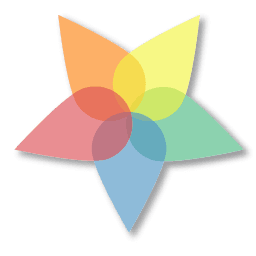
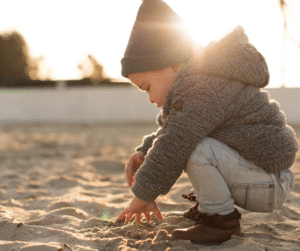
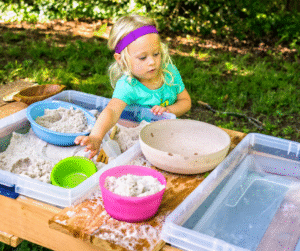
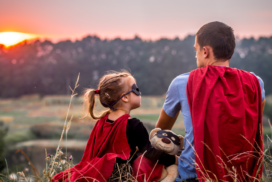
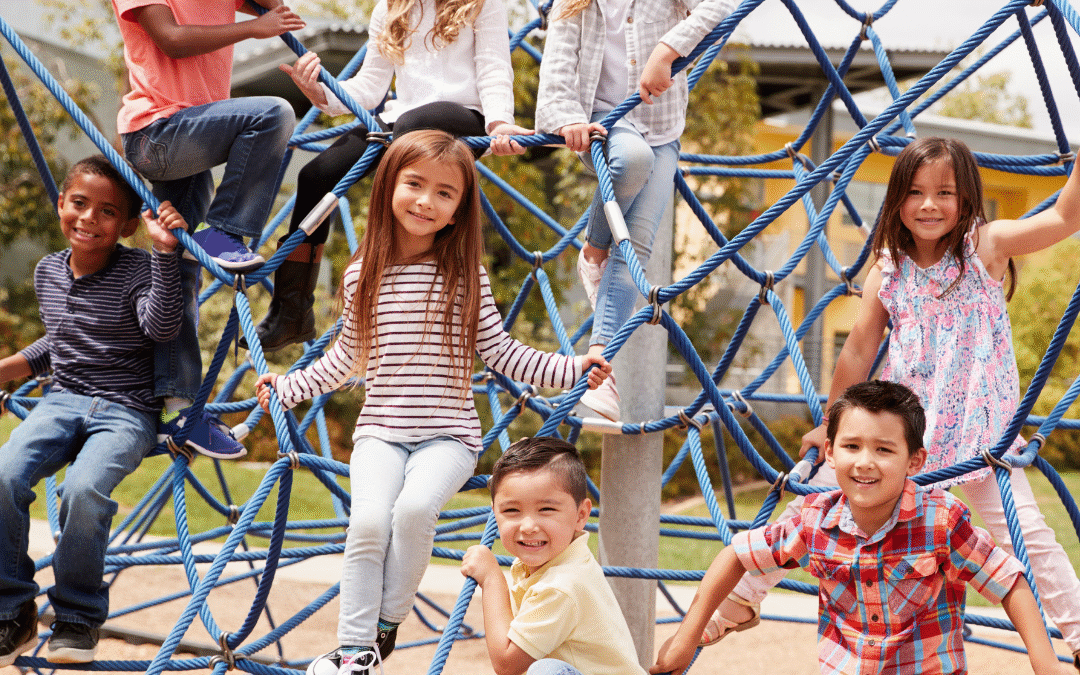
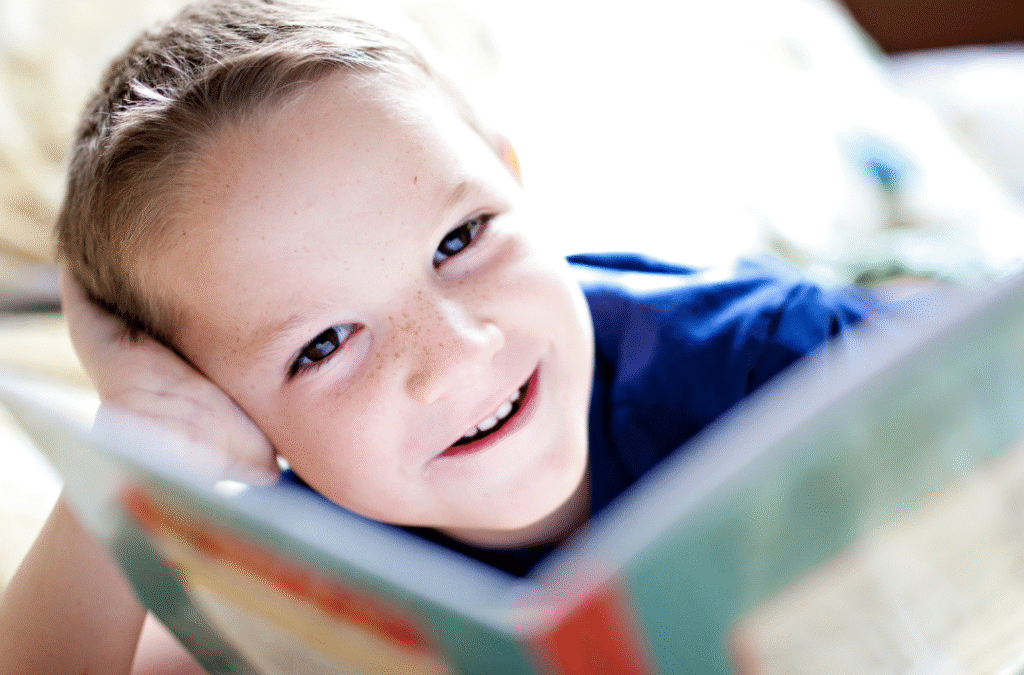

0 Comments